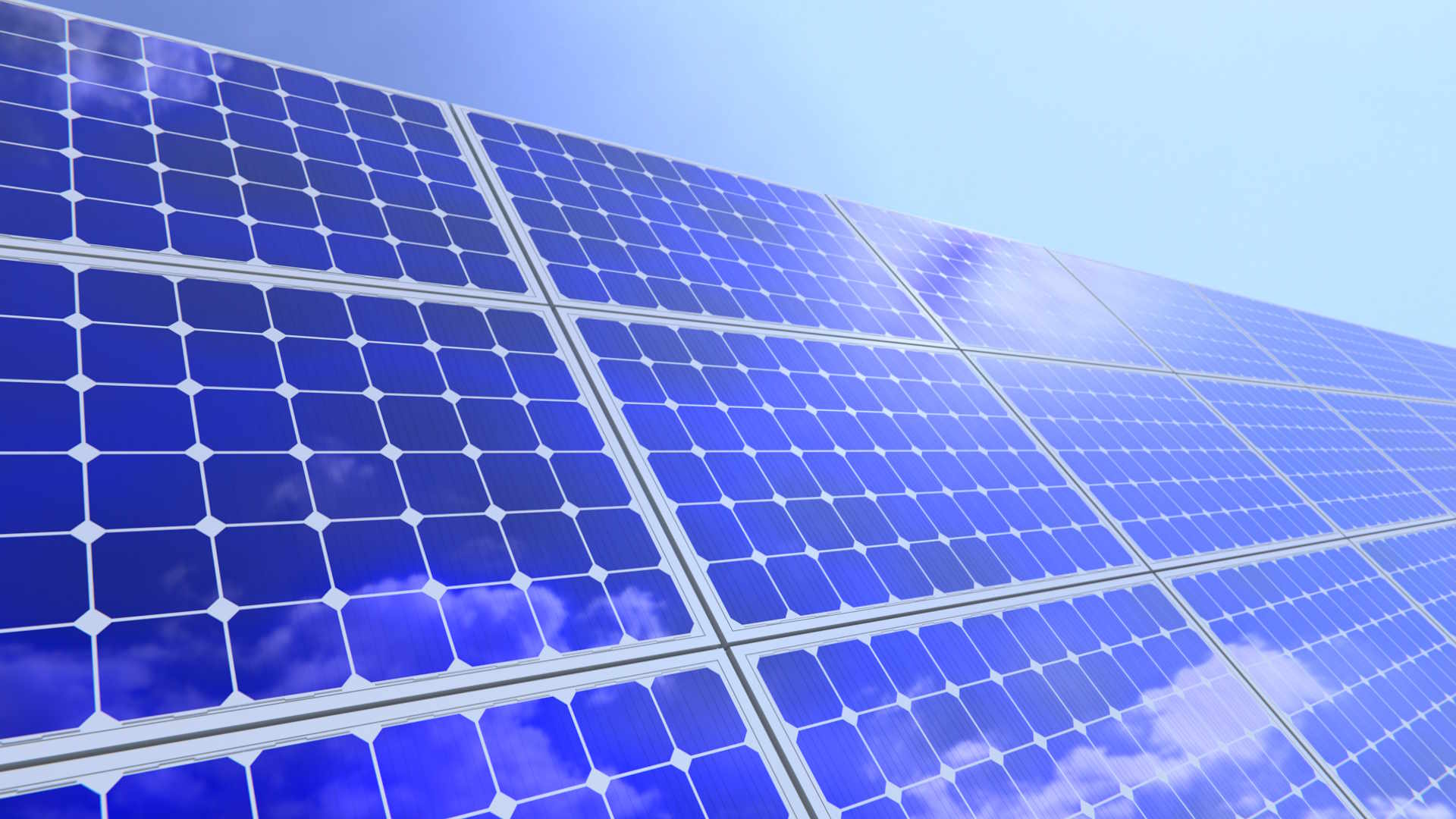Solar Lights: Illuminating Your Outdoor Spaces Efficiently
Outdoor solar lighting uses sunlight to power lights for gardens, walkways, and patios. By converting energy from the sun, these lights provide a practical way to illuminate spaces without wiring, helping enhance visibility and ambiance in outdoor areas.

How Solar Lighting Works for Driveways and Pathways
Outdoor solar lighting for driveways and pathways operates through a straightforward yet sophisticated process. Solar panels integrated into each light fixture capture sunlight throughout the day, converting it into electrical energy that charges internal rechargeable batteries. As darkness falls, built-in photosensors automatically activate the LED bulbs, drawing power from the stored energy. Most quality pathway solar lights provide 8-12 hours of continuous illumination on a full charge, making them ideal for marking walkways, highlighting landscape features, and improving nighttime navigation around your property.
The positioning of solar lights along driveways and pathways requires strategic planning to maximize both solar exposure and lighting effectiveness. Installing fixtures in areas that receive direct sunlight for at least 6-8 hours daily ensures optimal battery charging. Consider spacing lights 6-8 feet apart along pathways to create consistent illumination without creating overly bright spots or dark gaps.
Motion Sensor Technology in Solar Lighting
Outdoor solar lights with motion sensors represent a significant advancement in energy-efficient security lighting. These intelligent fixtures remain in a low-power standby mode, conserving battery life until motion is detected within their sensor range. Upon detecting movement, the lights instantly brighten to full intensity, providing enhanced visibility and security around your property.
Motion sensor solar lights typically feature adjustable sensitivity settings and detection ranges spanning 10-30 feet, depending on the model. The duration of illumination after motion detection can usually be customized, ranging from 30 seconds to several minutes. This technology extends battery life significantly compared to lights that remain constantly illuminated, making motion sensor models particularly effective for security applications around garages, entry points, and dark corners of your property.
Environmental Benefits of Solar Outdoor Lighting
Eco-friendly outdoor solar lighting for home applications contributes meaningfully to reducing household carbon footprints while providing practical illumination solutions. Unlike traditional wired outdoor lighting that draws power from the electrical grid, solar lights operate entirely on renewable energy captured from sunlight. This eliminates ongoing electricity consumption and associated greenhouse gas emissions from fossil fuel-based power generation.
The environmental advantages extend beyond energy consumption. Solar lights require no underground wiring or trenching, preserving soil integrity and reducing installation-related environmental disruption. Many solar lighting components, including LED bulbs and rechargeable batteries, have extended lifespans that minimize replacement frequency and associated waste. Quality solar lights can operate effectively for 3-5 years before requiring battery replacement, and LED bulbs often last 25,000-50,000 hours.
Installation and Maintenance Considerations
Installing solar outdoor lighting systems requires no electrical expertise or permits, making them accessible for most homeowners. The process typically involves selecting appropriate locations with adequate sun exposure, securing the fixtures to the ground or mounting surfaces, and allowing initial charging before first use. Most solar lights include ground stakes for easy pathway installation or mounting hardware for wall or post attachment.
Maintenance requirements for solar lighting remain minimal but essential for optimal performance. Regular cleaning of solar panels removes dust, leaves, and debris that can reduce charging efficiency. Battery replacement every 2-4 years maintains consistent performance, and LED bulbs rarely require replacement due to their exceptional longevity. Seasonal adjustments may be necessary in areas with significant tree growth that could shade panels during different times of year.
| Product Type | Provider | Key Features | Cost Estimation |
|---|---|---|---|
| Pathway Stakes | Ring | Motion detection, app control | $25-40 per light |
| Driveway Markers | LITOM | 270° wide angle, waterproof | $15-25 per light |
| Security Floodlights | URPOWER | 44 LED, motion sensor | $20-35 per light |
| Decorative Garden | Maggift | Color-changing, automatic | $12-20 per light |
| Post Cap Lights | Davinci | 4x4 post fit, warm white | $18-30 per light |
Prices, rates, or cost estimates mentioned in this article are based on the latest available information but may change over time. Independent research is advised before making financial decisions.
Choosing the Right Solar Lighting System
Selecting appropriate solar lighting depends on specific applications, aesthetic preferences, and performance requirements. Consider factors such as desired brightness levels, battery capacity, solar panel size, and weather resistance ratings when evaluating options. Higher-quality fixtures typically feature larger solar panels, premium LED chips, and more robust construction materials that withstand harsh weather conditions.
Brightness output, measured in lumens, varies significantly among solar light models. Pathway lights typically produce 10-50 lumens for gentle guidance lighting, while security-focused fixtures may generate 500-1000 lumens for area illumination. Battery capacity, usually measured in milliamp-hours (mAh), determines how long lights operate on a full charge and their ability to function during cloudy periods.
Solar outdoor lighting continues evolving with technological improvements in solar panel efficiency, battery technology, and LED performance. These sustainable lighting solutions offer practical benefits including energy independence, reduced electricity costs, and enhanced property security while supporting environmental conservation goals through renewable energy utilization.




